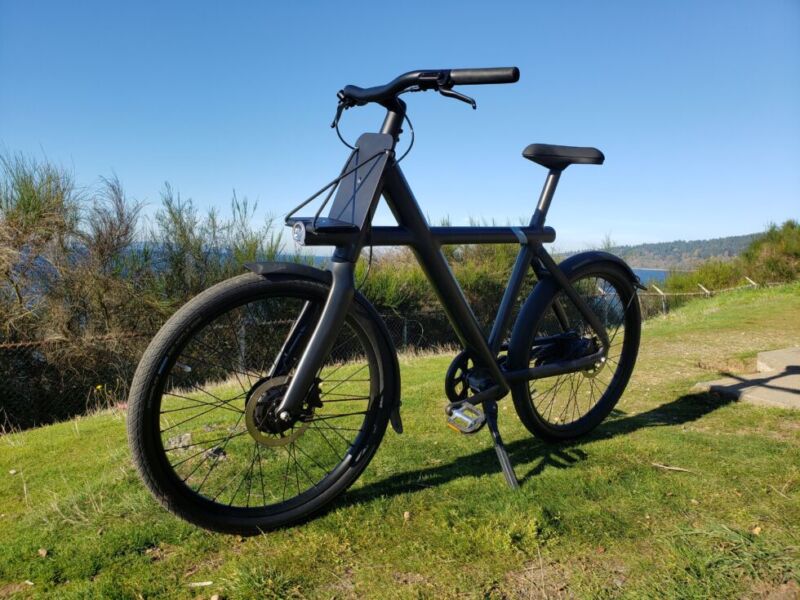
Sam Machkovech
VanMoof e-bikes have a look, and price tag, from the near future. They’re also a bit endangered these days, as their Netherlands-based maker has run out of money and asked for temporary protection from creditors. Sensing this, a Belgian e-bike company jumped in to provide an app that should help VanMoof owners keep riding, even if the parent company stalls out.
VanMoof has had administrators appointed to it by a Dutch court, protecting it from creditors for at least a two-month “cooling down period” while it explores options, according to a company spokesperson and media reports. After devoted customers began to notice outages and halts to order-taking last week, the company closed its retail stores in New York, Tokyo, Berlin, and other locations. A company spokesperson told Forbes last week that the company would “work hard to continue our services” and would contact customers about pending deliveries or repairs.
Many, if not most, bike owners can get by just fine if their bike’s maker disappears, at least past their warranty period. VanMoof bikes, however, offload many of their configuration functions to a smartphone app and are much easier to unlock with a phone than manually. Models like the X3 Ars tested in 2020 have automatic shifting, which all but demands regular tweaking with a phone to adapt their behavior to different rides and preferences.

Less than a week after US outlets caught on to VanMoof’s Dutch business troubles, Cowboy, another European e-bike maker, had released Bikey, an iOS app that does what it says in its description: “Save your VanMoof bike key.” The app was developed “during a one-day hackathon,” according to its description, as Cowboy “share[s] the belief that every single bike deserves to be on the road.” The app supports S3 and X3 models at the moment.
Along with accessing keys, the app aims to provide basic functionality, like unlocking, changing assistance levels, and adjusting lights. Cowboy told TechCrunch that an Android version is forthcoming and that anyone with a VanMoof bike should grab their key soon, as it will be inaccessible if the company’s servers are shuttered.
Prior to Bikey’s debut, another third-party, key-dependent app, Moofer, provided VanMoof owners with access to not only core bike functions, but also unique features. Moofer can uncap the bike’s speed limit (typically cut to 15 mph in many European countries and 20 mph in the US), enable manual shifting, and add a “Foghorn” digital bell sound, among other features.
Cowboy’s step-in app could be seen as a clever bit of guerrilla marketing, a sincere gesture of concern over soft-bricked e-bikes, or perhaps even a bit of empathy. Cowboy makes similarly sleek-looking, smartphone-linked e-bikes at higher-than-average price points. Like VanMoof, Cowboy relies on venture backing and faces the same supply chain constraints. Should app-centered e-bikes gain a reputation as a risky investment, bike builders, including Cowboy, could see their market damaged.
We’ve reached out to VanMoof and Cowboy for comment on this post and will update with new information.
Listing image by VanMoof
